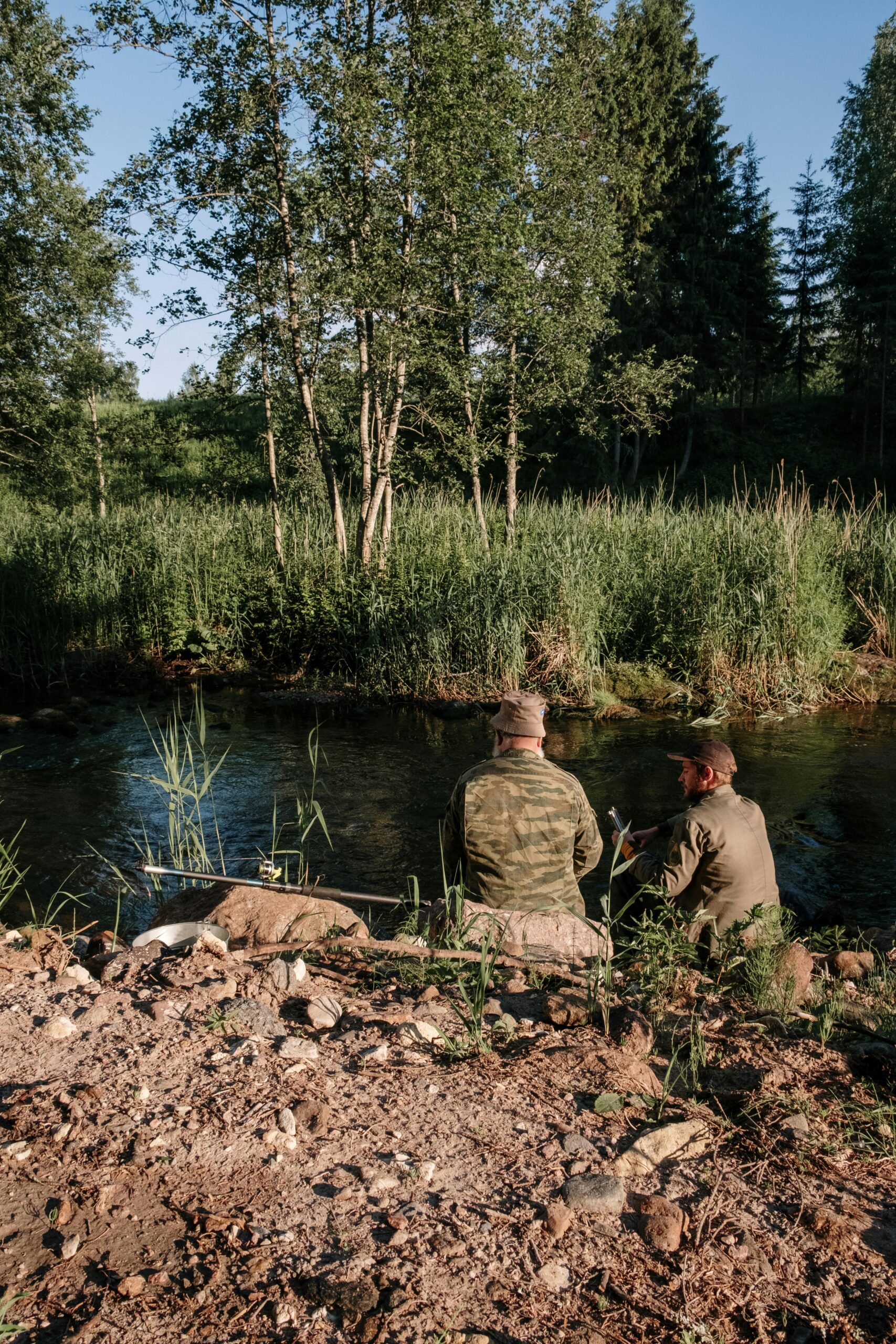In the wild, survival often depends on the ability to remain unseen. From insects that mimic leaves to big cats that blend seamlessly into tall grass, camouflage is one of nature’s most fascinating adaptations. This evolutionary strategy helps creatures evade predators, stalk prey, and thrive in their environments. But how does camouflage work, and what can we learn from nature’s mastery of disguise?
How Camouflage Works in Nature
Camouflage, or cryptic coloration, is a survival mechanism that allows animals, insects, and even plants to blend into their surroundings. This adaptation is essential for both predators and prey, influencing behavior, hunting strategies, and overall survival.
There are four primary types of camouflage found in nature:
1. Background Matching – Blending into the Environment
Animals that use background matching resemble their surroundings so closely that they become almost invisible.
- Examples:
- Snowshoe hares turn white in winter to blend into snowy landscapes.
- Leaf insects mimic the veins and textures of leaves.
- Owls have plumage patterns that resemble tree bark.
2. Disruptive Coloration – Breaking Up the Outline
Disruptive coloration confuses the eye by breaking up an animal’s shape with bold patterns, making it harder to detect.
- Examples:
- Zebras’ black-and-white stripes make it difficult for predators to single out an individual in a herd.
- Leopards’ rosette patterns help them vanish in dappled forest light.
- Certain fish have stripes that mask their body contours in coral reefs.
3. Mimicry – Pretending to Be Something Else
Mimicry is a type of camouflage where one organism imitates another to avoid predators.
- Examples:
- The dead leaf butterfly looks exactly like a dried leaf when its wings are closed.
- The viceroy butterfly mimics the toxic monarch butterfly to deter predators.
- The false coral snake imitates the deadly coral snake’s red, yellow, and black patterns.
4. Motion Dazzle – Confusing the Eye in Motion
Some animals rely on high-contrast patterns that make it hard for predators to judge speed and direction.
- Examples:
- Schooling fish, like sardines, use reflective scales to create optical illusions in water.
- Some birds, like plovers, have mottled plumage that becomes hard to track when they move.
- Certain insects, like the hoverfly, mimic the erratic flight patterns of wasps to deter threats.
Camouflage in Different Habitats
The effectiveness of camouflage depends on the surrounding environment. Animals adapt their appearance to specific ecosystems for maximum concealment.
1. Forests and Jungles – Patterns and Textures
Dappled sunlight filtering through leaves creates complex patterns that help animals stay hidden.
- Camouflaged Creatures:
- Jaguars (spotted coats mimic light and shadow).
- Stick insects (resemble twigs and branches).
- Bark-colored moths (blend into tree trunks).
2. Deserts – Earth Tones and Blending In
Many desert animals have sandy-colored fur or scales to match the arid landscape.
- Camouflaged Creatures:
- Fennec foxes (light fur reduces heat absorption and helps them disappear in the sand).
- Horned lizards (spiky bodies mimic dry terrain).
- Sidewinder snakes (textured scales resemble wind-sculpted dunes).
3. Snow and Ice – The Power of White
Arctic animals rely on seasonal camouflage to survive in extreme conditions.
- Camouflaged Creatures:
- Arctic foxes and polar bears (thick white fur blends into ice and snow).
- Ptarmigans (change feather colors with the seasons).
- Harp seals (white-coated pups disappear against snowy backdrops).
4. Ocean and Water – Light Manipulation
Many marine animals use countershading or reflective camouflage to evade predators.
- Camouflaged Creatures:
- Sharks and dolphins (dark backs and light bellies make them hard to see from above or below).
- Cuttlefish and octopuses (can change color and texture instantly).
- Flounders (can match the ocean floor within seconds).
Human Applications of Camouflage
Nature’s mastery of camouflage has inspired human innovation in many fields:
- Military Tactics: Soldiers wear ghillie suits, mimicking the terrain for stealth.
- Fashion and Design: Camouflage patterns are widely used in outdoor gear.
- Technology: Researchers are developing adaptive camouflage, inspired by cephalopods like squid, for future military and space exploration applications.
Conclusion
Nature’s camouflage is a stunning display of evolution and adaptation. Whether blending into forests, deserts, or the deep sea, creatures have developed remarkable strategies to remain hidden. As we study and learn from these survival techniques, we gain insight into both the natural world and innovations in human design.
Call to Action:
What’s your favorite example of camouflage in nature? Share your thoughts in the comments, and subscribe for more deep dives into the incredible adaptations of wildlife!




Leave a Reply